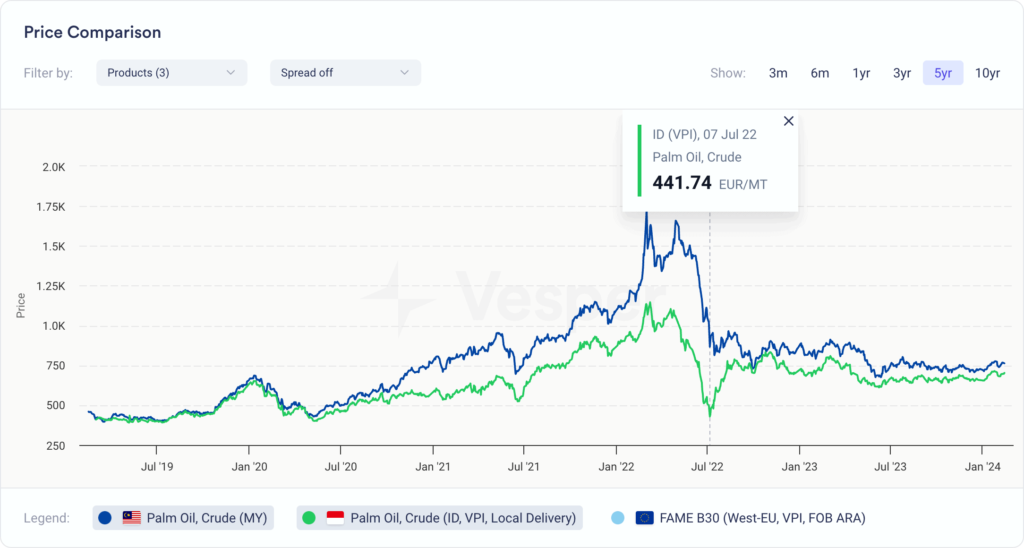Day trading in Indonesia is increasingly popular among digitally connected investors who are drawn to the fast tempo of buying and selling assets within a single trading day. Whether it’s stocks listed on IDX, forex pairs like USD/IDR, or even cryptocurrencies on local exchanges, the key idea is simple: capitalize on short-term market fluctuations. This strategy thrives on speed and precision. In Indonesia, many urban-based traders—especially younger adults—use mobile platforms and online charting tools to engage in this style. However, successful day trading isn’t just about having the tools; it’s about staying focused throughout the day, reacting to news quickly, and keeping a cool head when markets move sharply.
What Sets Swing Trading Apart?
Swing trading takes a more measured approach. Rather than making quick, same-day decisions, swing traders hold their positions for a few days or even weeks, aiming to benefit from broader price trends. This technique often appeals to traders in Indonesia who prefer not to be glued to screens all day. Instead of chasing every minor movement, swing traders look for setups based on chart patterns, momentum indicators, and overall market direction. It’s a slower-paced method that fits well with people balancing trading with full-time jobs, family obligations, or other routines. For many, the calm and planning-friendly nature of swing trading is a big advantage.
Which Trading Style Demands More Time?

Source: MYRKOTHUM
Time commitment is a major difference between these two methods. Day trading is time-intensive—traders need to be fully engaged for hours at a time, following every price movement and reacting to changes immediately. This can be a good fit for Indonesians working from home or managing their own schedules, but it can be challenging for those with fixed working hours or unpredictable routines. Swing trading, in contrast, allows for more flexibility. You might only need to analyze the market once in the morning or at night, then set your trades and let them run. For many traders across Indonesia, especially in smaller cities where daily schedules are tightly packed, swing trading offers a more manageable entry into the market.
How Do the Risk and Stress Levels Compare?

Source: Vesper
All trading involves risk, but how you experience that risk can vary. Day trading tends to be more emotionally demanding. Quick decisions, constant price fluctuations, and the pressure to perform within tight windows can lead to mental fatigue or hasty mistakes. For those new to trading in Indonesia, this intensity can be overwhelming. On the other hand, swing trading, while not risk-free, offers a calmer environment. Traders have more time to evaluate their strategies and often deal with fewer trades, which reduces stress. This makes it appealing for those who prefer analysis over adrenaline, and long-term thinking over short-term wins.
Which Has More Earning Potential?

Source: Dreamstime
Both strategies offer potential profits, but they do so in different ways. Day traders might see fast results because they make multiple trades per day. However, these quick gains are offset by transaction fees, potential slippage, and the need for very precise timing. Indonesian traders using platforms with per-trade charges need to factor this into their planning. Swing traders, while slower to realize gains, tend to build profit over time through careful trade setups and broader trend capture. In a market like Indonesia’s—where economic events and regional news can cause extended price moves—swing trading may offer more consistency for those with patience.
Day Trading Indonesia: How Well Do They Work in the Indonesian Forex Market?

Source: ZFOREX
Forex trading in Indonesia is a booming space, especially among younger demographics. Day trading in the forex market means staying on top of minute-by-minute movements, reacting to policy news from Bank Indonesia, and navigating high volatility—especially during overlapping global sessions. For experienced traders, this can be a thrilling and potentially profitable environment. For beginners, though, it might be too fast to follow. Swing trading in forex is more about observing trends over days, analyzing support and resistance levels, and identifying key reversal points. For most Indonesian retail traders who are still building their knowledge base, swing trading offers a gentler and more forgiving learning curve.
How Should You Decide Which One Fits You?
Your lifestyle, preferences, and availability will heavily influence which style makes more sense. If you enjoy fast-paced challenges, don’t mind sitting in front of charts for hours, and are emotionally prepared for volatility, day trading might energize you. But if you’re balancing multiple roles in life—whether you’re a student, parent, or someone holding down a 9-to-5 job—swing trading may suit your needs better. Indonesian traders often start with one style, learn from experience, and adapt as they go. The right style isn’t about what others are doing—it’s about what you can sustain, both mentally and practically.
Day Trading Indonesia: Is It Possible to Blend Both Approaches?
Yes, and many traders in Indonesia do just that. A hybrid approach lets you enjoy the advantages of both strategies depending on market conditions or time availability. For instance, you could focus on day trading during active market hours when volatility is high, and shift to swing trading for assets that require longer-term analysis. The key is to separate your strategies clearly, manage risk differently for each, and avoid overtrading. Flexibility is a strength in trading, and being able to adjust your style based on your schedule or the market’s rhythm is something many experienced traders come to value over time.
Final Thoughts: Day Trading Indonesia-Day Trading Indonesia and Choosing Your Style
In today’s increasingly connected trading world, day trading in Indonesia has become more accessible than ever. But that doesn’t mean it’s the best fit for everyone. While some thrive on the fast decision-making and hands-on approach of day trading, others find more satisfaction and stability in swing trading’s slower, more strategic pace. Ultimately, it comes down to how much time you can dedicate, how well you manage stress, and what kind of trading experience you’re looking for. As more Indonesians explore the financial markets in 2025 and beyond, understanding the differences between these two popular strategies can help you build a path that not only aligns with your goals—but also with your everyday life.




